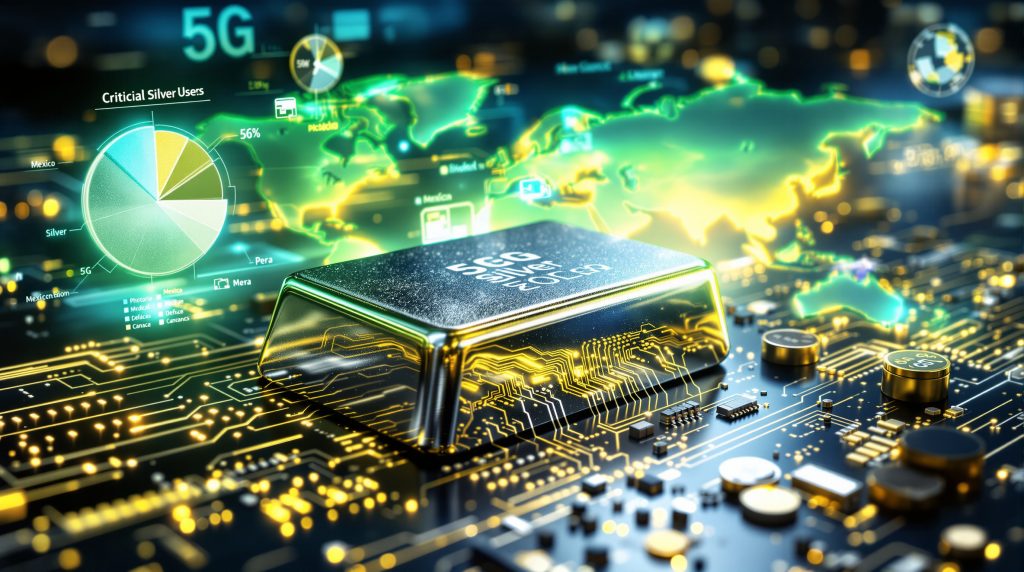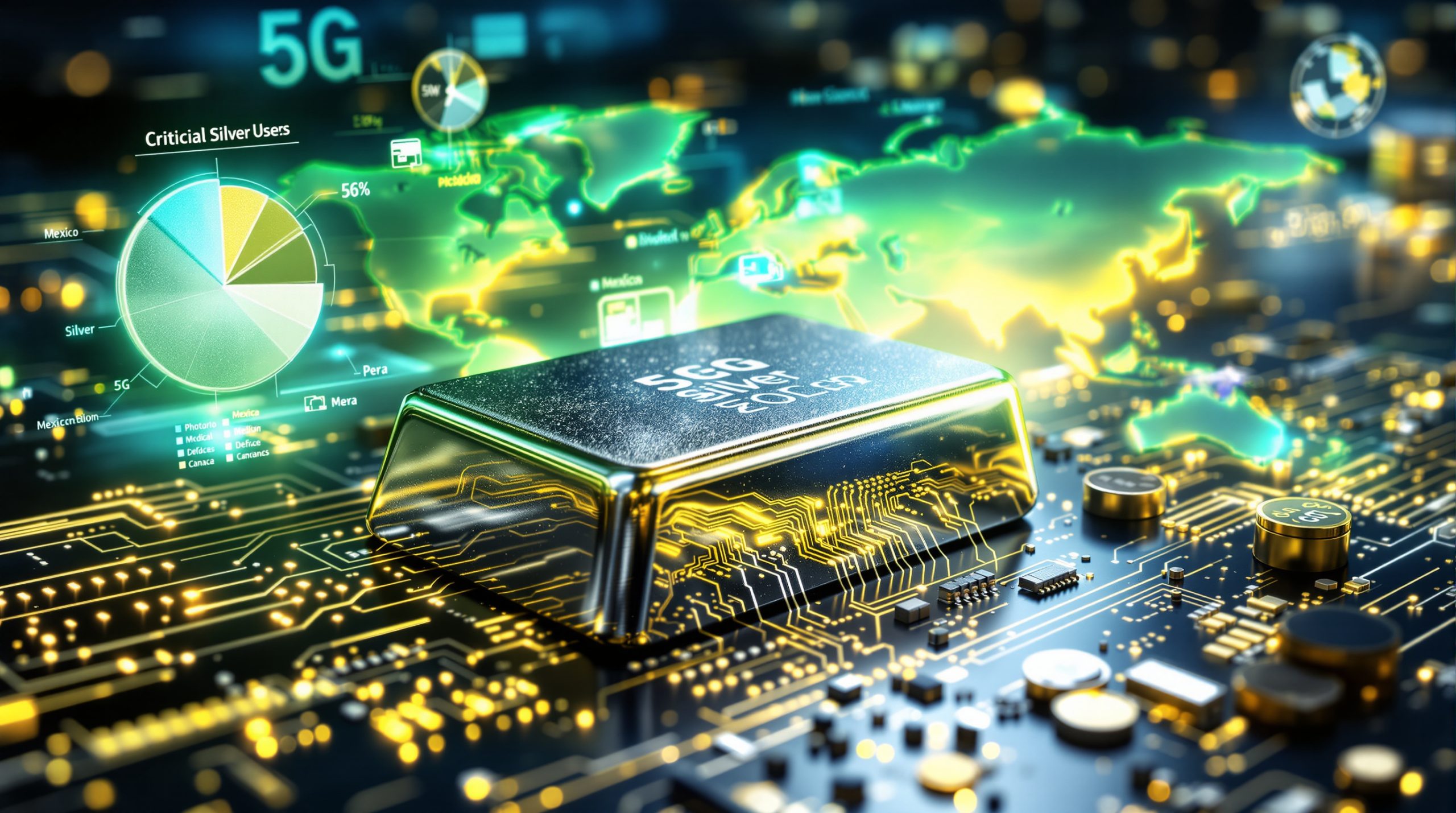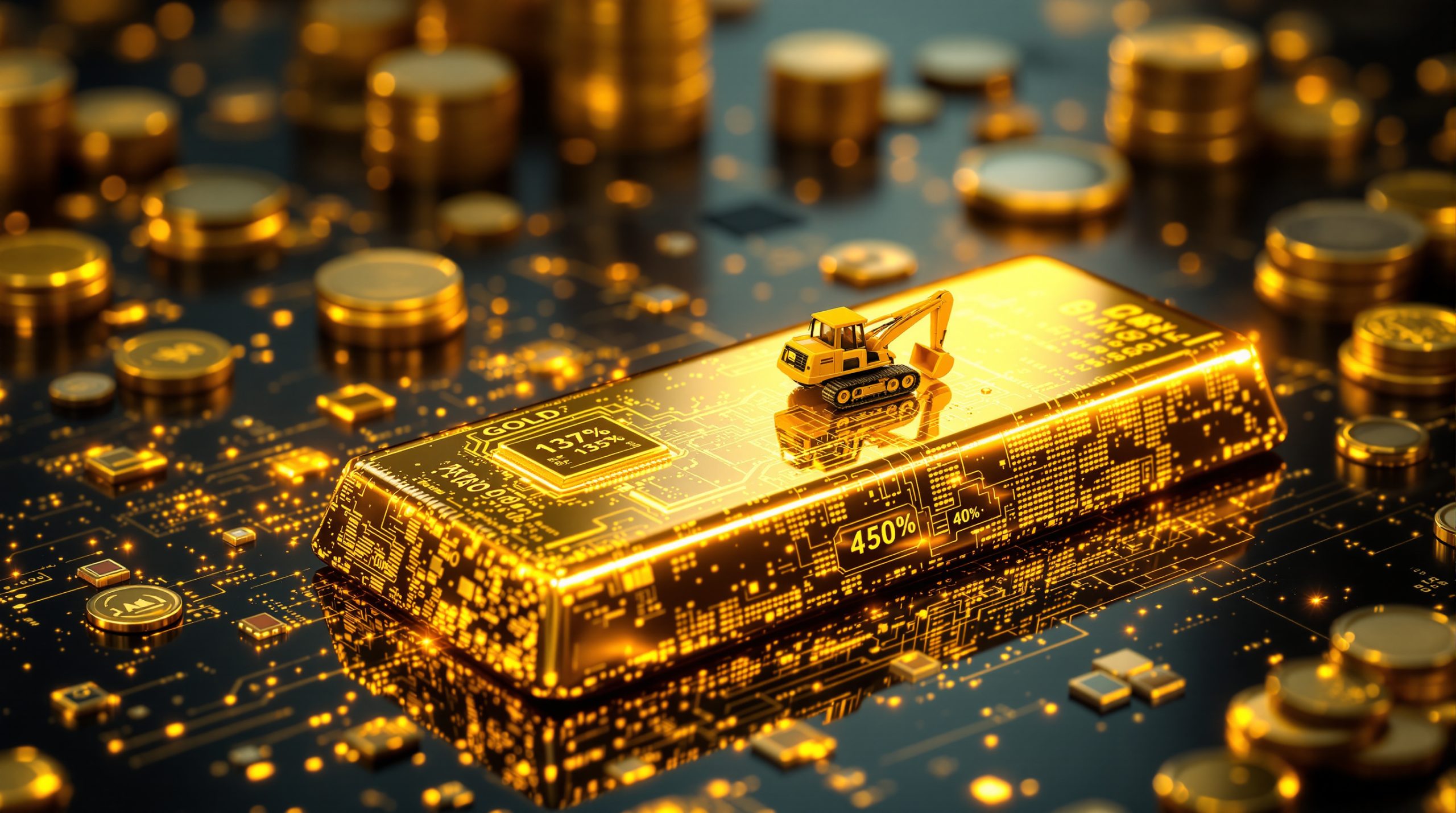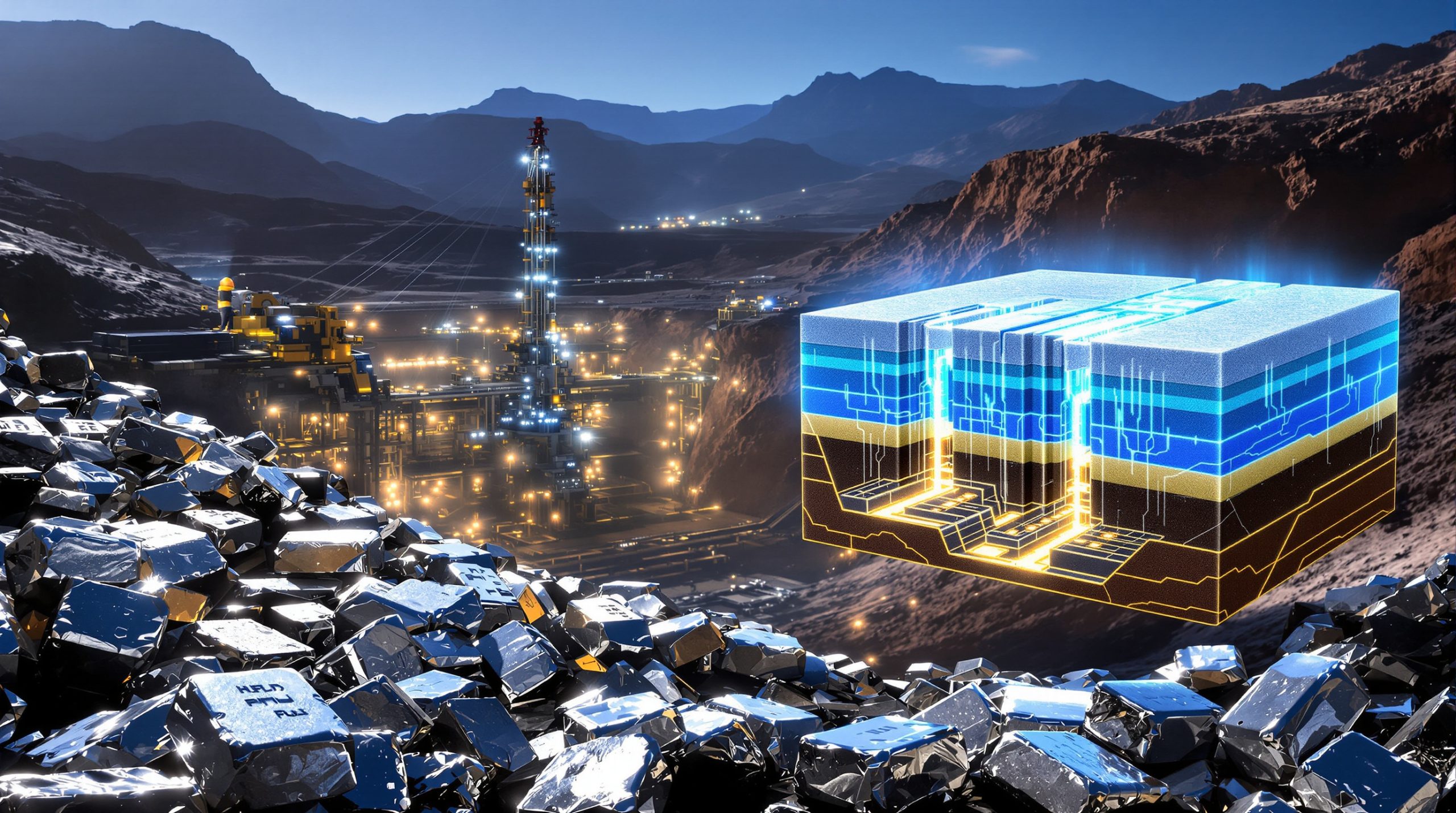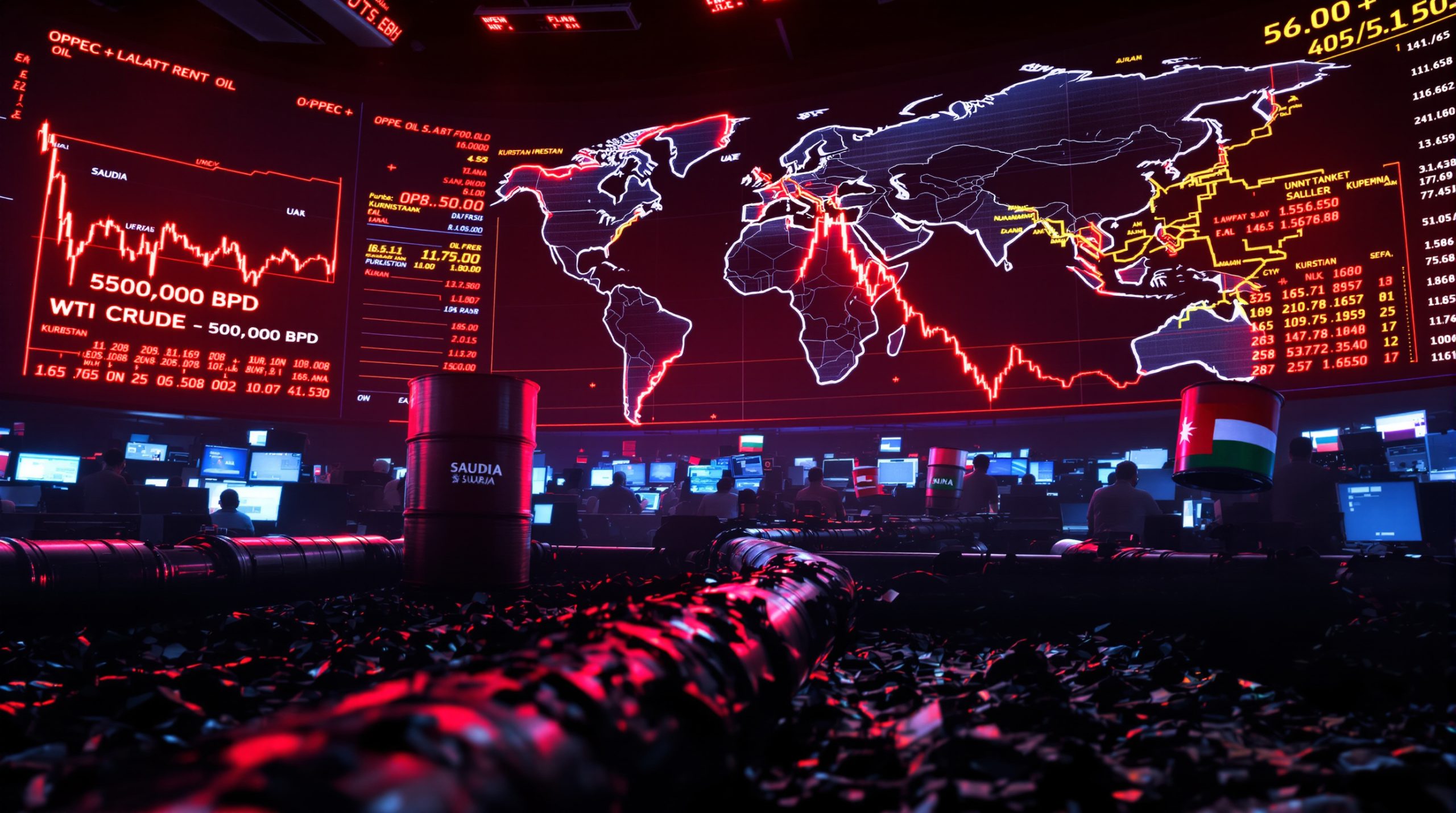Silver as a Critical Mineral: Understanding Its Strategic Importance
Silver has emerged as a material of significant strategic importance, gaining recognition for its essential role in advanced technologies and national security applications. Beyond its traditional uses in jewelry and investment, silver's unique properties make it increasingly vital across multiple sectors in our technology-dependent world. The designation of silver critical mineral status reflects growing awareness of its strategic importance to modern economies.
Definition and Classification Criteria
Materials designated as critical minerals typically meet several key criteria:
- Essential to economic and national security
- Have supply chains vulnerable to disruption
- Serve functions that cannot be easily fulfilled by substitutes
Silver meets these criteria through its unique combination of electrical conductivity, thermal properties, reflectivity, and antimicrobial characteristics—making it indispensable across multiple strategic sectors.
The Strategic Importance Framework
Silver's importance stems from three interconnected factors:
| Factor | Description | Significance |
|---|---|---|
| Supply Vulnerability | The US imports approximately 67% of its silver consumption | Creates dependency on foreign suppliers |
| Industrial Applications | Essential in renewable energy, electronics, medical devices | Powers green transition and technological advancement |
| National Security | Used in defense systems, communications equipment | Directly impacts military and security capabilities |
How Does Silver Compare to Other Critical Minerals?
Silver stands apart from many other important industrial minerals due to its dual nature as both a precious metal and an industrial material. This creates unique market dynamics not seen with purely industrial minerals like lithium or cobalt.
Unique Position Among Industrial Materials
Unlike many industrial minerals that serve narrow applications, silver's versatility spans numerous industries:
- Electronics and Electrical Systems: Offers the highest electrical conductivity of all metals at 63.0 × 10⁶ S/m at 20°C
- Renewable Energy: Essential component in photovoltaic cells
- Healthcare: Antimicrobial properties crucial for medical applications
- Automotive: Growing use in electric vehicles and advanced systems
- Defense: Required in sensitive military technologies
This multi-sector demand creates competition for limited supplies, intensifying its strategic importance. Furthermore, the silver vs gold comparison shows significant differences in industrial applications and investment profiles.
What Industrial Applications Drive Silver's Critical Status?
The increasing importance of silver reflects its growing role across high-tech and green energy sectors, where its unique properties make it difficult or impossible to substitute. The critical minerals energy transition depends heavily on materials like silver.
Key Technologies Dependent on Silver
Silver's status is reinforced by its essential role in technologies driving the modern economy:
-
Solar Energy: Silver paste is used for electrical contacts in photovoltaic cells, with each solar panel containing approximately 15-20 grams of silver
-
Electric Vehicles: The average EV uses 25-50 grams of silver in electrical contacts, battery management systems, and charging infrastructure
-
5G Technology: Advanced telecommunications rely on silver's superior conductivity properties
-
Medical Applications: Silver's antimicrobial properties make it essential in healthcare settings
-
Water Purification: Silver is used in filtration systems for safe drinking water
The green energy transition is significantly increasing silver demand, with solar panel manufacturing alone consuming approximately 140 million ounces of silver in 2022, representing about 12% of total silver demand.
Why Is Silver Supply Considered Vulnerable?
Supply chain risks represent a central factor in silver's importance. Despite being more widely distributed than some minerals, several factors create vulnerability in silver supply chains.
Geographic Concentration of Production
The US relies heavily on imports for its silver supply, creating potential chokepoints:
- Mexico: The world's largest producer, accounting for about 23% of global production and 44% of US imports
- Peru: Another significant supplier, facing political instability
- China: The third-largest producer globally
Production Challenges
Several factors constrain silver production capacity:
-
Byproduct Mining: Approximately 70% of silver production comes as a byproduct of other metal mining operations, making supply less responsive to silver demand
-
Resource Depletion: Many primary silver mines face declining ore grades
-
Environmental Regulations: Increasing restrictions on mining activities in many jurisdictions
-
Infrastructure Limitations: Processing capacity constraints in key producing regions
What Are the Market Implications of Silver's Critical Status?
The growing recognition of silver's strategic importance has significant implications for markets, potentially reshaping supply chains and price dynamics. A potential silver market squeeze could further impact availability and pricing.
Policy Support Mechanisms
Recognition of silver's strategic importance could unlock various government initiatives:
-
Expedited Permitting: Faster approval processes for domestic silver mining projects
-
Strategic Stockpiling: Potential inclusion in national reserves
-
Research Funding: Increased support for recycling and substitution technologies
-
Trade Protections: Possible tariffs or export controls to secure domestic supply
Investment Landscape Changes
The strategic importance affects investment considerations:
-
Mining Company Valuations: Potentially higher premiums for companies with silver assets in secure jurisdictions
-
Price Support: Long-term structural support for silver prices
-
Supply Chain Restructuring: Incentives for reshoring and nearshoring of silver-dependent industries
-
Recycling Emphasis: Greater investment in silver recovery technologies
How Does Silver's Dual Status Impact Markets?
Silver's unique position as both a precious metal and critical industrial material creates complex market dynamics not seen with other metals. Investors and stakeholders must develop appropriate silver price strategies in response.
Monetary vs. Industrial Demand
The interplay between investment and industrial demand creates distinctive market patterns:
-
Investment Demand: Influenced by macroeconomic factors, inflation expectations, and currency movements
-
Industrial Demand: Driven by technological adoption, manufacturing output, and sector-specific growth
-
Price Volatility: Can be higher than other industrial metals due to investment flows
-
Supply Responses: Less elastic than purely industrial metals due to monetary demand factors
Comparative Market Dynamics
| Aspect | Silver | Typical Industrial Metals | Typical Precious Metals |
|---|---|---|---|
| Price Drivers | Both monetary and industrial | Primarily industrial demand | Primarily monetary demand |
| Supply Elasticity | Moderate | Higher | Lower |
| Investment Allocation | Both industrial and precious metals portfolios | Industrial portfolios | Safe haven portfolios |
| Price Volatility | High | Moderate | High |
What Global Trends Are Shaping Silver's Strategic Importance?
Several macro trends reinforce silver's growing importance, suggesting its strategic value will likely increase over time. The US classification of silver as a critical mineral signals this growing recognition.
Technological Revolution
The acceleration of digital transformation is expanding silver's industrial applications:
-
Internet of Things (IoT): Billions of connected devices requiring silver components
-
Artificial Intelligence: Data centers with silver-containing components
-
Advanced Manufacturing: Precision electronics with silver-based connections
Energy Transition Imperatives
The global push toward renewable energy creates structural demand growth:
-
Solar Capacity Expansion: Global solar installations growing at double-digit rates annually
-
Grid Modernization: Advanced electrical systems requiring silver components
-
Energy Storage: Silver used in various battery technologies
Each gigawatt of solar power installed requires approximately 80-100 tons of silver, creating significant demand as renewable capacity expands globally.
What Measures Are Being Taken to Secure Silver Supply?
The recognition of silver's strategic importance has prompted various initiatives to ensure adequate supplies for key industries. Nations are developing comprehensive defense materials strategy frameworks that include silver.
Supply Chain Resilience Strategies
Governments and industries are pursuing multiple approaches:
-
Domestic Production Incentives: Tax benefits and streamlined permitting for silver mining
-
Recycling Advancement: Enhanced recovery from electronic waste and industrial processes
-
Substitution Research: Development of alternatives for less critical applications
-
International Partnerships: Agreements with allied nations for supply security
-
Stockpile Development: Strategic reserves of refined silver for emergency use
Innovation Focus Areas
Research efforts are targeting several priorities:
-
Thrifting Technologies: Reducing silver content while maintaining performance
-
Urban Mining: Improved techniques for recovering silver from waste streams
-
Alternative Materials: Developing substitutes for non-critical applications
-
Process Efficiency: Minimizing losses during manufacturing
How Does Silver Compare to Gold in Critical Applications?
While both silver and gold are precious metals with industrial applications, their industrial profiles differ significantly.
Comparative Industrial Importance
Silver's critical applications generally exceed those of gold:
| Application Area | Silver | Gold |
|---|---|---|
| Electronics | Widespread use in connectors, switches, and printed circuit boards | Limited to high-end applications where corrosion resistance justifies cost |
| Renewable Energy | Essential in photovoltaic cells | Minimal use |
| Medical | Broad antimicrobial applications | Limited specialized applications |
| Automotive | Growing use in electrical systems | Minimal use |
| Industrial Catalysts | Some applications | Limited specialized applications |
Supply-Demand Dynamics
The metals also differ in their supply-demand profiles:
-
Silver: Approximately 50% of demand comes from industrial applications
-
Gold: Industrial demand represents only about 8-10% of total demand
-
Substitution Potential: Silver has fewer viable substitutes in its critical applications
-
Recycling Rates: Gold has higher recycling rates due to its higher value
What Are the Implications for Silver Investors?
Silver's strategic importance adds a new dimension to its investment case, potentially affecting both short and long-term price dynamics.
Investment Thesis Evolution
The growing strategic importance strengthens several aspects of silver's investment profile:
-
Structural Demand Growth: Industrial applications expanding faster than mining capacity
-
Policy Support: Government initiatives to secure supplies potentially supporting prices
-
Supply Constraints: Limited new project pipeline against growing demand
-
Dual-Demand Profile: Both monetary and industrial demand providing price support
Portfolio Allocation Considerations
Investors may need to reconsider silver's role in diversified portfolios:
-
Industrial Exposure: Silver providing access to green energy and technology growth
-
Inflation Protection: Maintaining precious metal characteristics while adding industrial demand
-
Supply Chain Investments: Opportunities in mining, recycling, and processing
-
Strategic Positioning: Alignment with critical mineral and energy transition themes
What Does the Future Hold for Silver as a Strategic Metal?
The trajectory for silver suggests its strategic importance will likely grow, with several factors shaping its long-term outlook.
Emerging Applications
New technologies continue to expand silver's critical applications:
-
Flexible Electronics: Silver nanowires enabling next-generation devices
-
Antimicrobial Surfaces: Growing importance in healthcare settings
-
Advanced Computing: Specialized applications in quantum computing
-
Space Technology: Critical components in satellite and space exploration systems
Supply-Demand Projections
Current trends point to tightening market conditions:
-
Industrial Growth: The Silver Institute projects industrial demand could grow 4-5% annually through 2025
-
Mining Pipeline: Limited new projects coming online in secure jurisdictions
-
Recycling Growth: Increasing but insufficient to meet demand growth
-
Strategic Purchasing: Government and industrial stockpiling potentially accelerating
The combination of green energy transition, technological advancement, and national security priorities creates a powerful long-term demand case for silver that transcends traditional market cycles.
Conclusion: Silver's Evolving Strategic Role
Silver's growing recognition as a strategically important metal represents more than a regulatory change—it signals a fundamental shift in how this versatile metal is viewed in the modern economy. No longer just a precious metal with industrial applications, silver has emerged as an essential resource underpinning technological advancement, energy transition, and national security.
This evolution creates new dynamics for markets, investors, and policymakers. As industrial demand grows and supply chains face increasing scrutiny, silver's unique properties and limited substitutability ensure its place among the materials most critical to economic progress and security in the coming decades.
For stakeholders across the spectrum—from mining companies to technology manufacturers, investors to policymakers—understanding silver's dual role as both precious metal and critical industrial material will be essential for navigating the complex landscape ahead.
Disclaimer
The information presented in this article is for educational purposes only and should not be considered investment advice. Market conditions for silver and other metals can change rapidly, and investors should perform their own due diligence before making investment decisions.
Want to Identify the Next Major Mineral Discovery?
Stay ahead of the market with Discovery Alert's proprietary Discovery IQ model, which instantly notifies investors of significant ASX mineral discoveries like silver and other critical minerals. Understand why major mineral discoveries can lead to significant market returns by exploring Discovery Alert's dedicated discoveries page.
